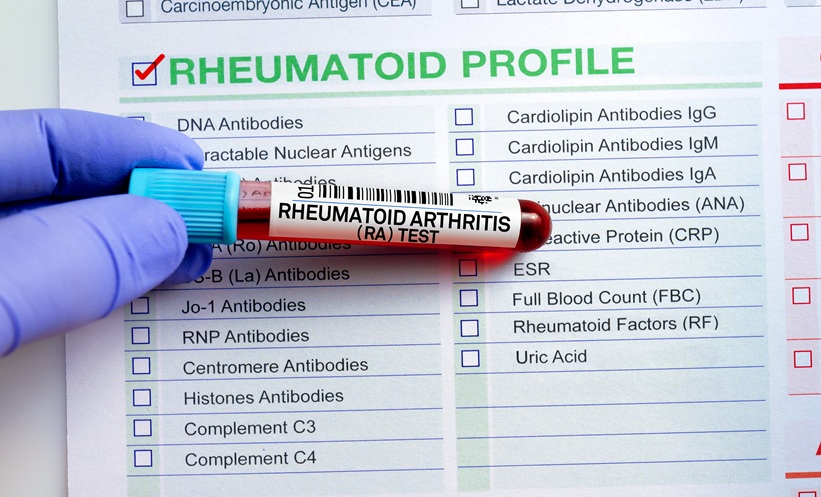“We believe we have found promising drug targets that direct muscle stem cells to ‘make the right decision’ and stimulate muscle repair, potentially helping muscle tissue regeneration and maintaining tissue function in chronic conditions such as muscular dystrophy and ageing,” explained Prof Alessandra Sacco, Sanford Burnham Prebys, La Jolla, California, USA, the senior author of a recent study on ageing and cell regeneration.
Muscle wasting is a natural process that occurs as a part of ageing, but it is also precedent in genetic muscle disorders, such as Duchenne muscular dystrophy. Muscle stem cells (MuSC) aid in the repair of damaged muscles and have the potential to treat such conditions. Until recently, little was known about mitochondrial respiration, but recent research has shown its role in deciding whether MuSC differentiate or self-renew; a key factor in muscular repair.
Thus, in the first part of their study, researchers from Sanford Burnham Prebys used mouse models to demonstrate that Stat3 promotes mitochondrial respiration. Building on this data, the researchers used whole-transcriptome RNA sequencing to identify the cytokine-like protein Fam3a, which was expressed in muscle growth.
Knockdown studies using short hairpin RNA against Fam3a in MuSC resulted in a reduction of differentiation. This suggests Fam3a directly influences MuSC commitment and is required for proper myogenic lineage progression in vitro. Knock out Fam3a mouse studies corroborated this finding and showed reduced mitochondrial respiration. This culminated in reduced skeletal muscle mass, showing that Fam3a ablation compromised its formation in vivo.
Overall, the data indicate that Stat3 stimulates mitochondrial respiration and that Fam3a could be a key target for future treatments of muscle degeneration The ability to maintain muscle tissue is a key health factor in populations of increasing age and this finding not only offers a new target to explore in this regard, but also opens the door to new treatments for a wave of degenerative tissue disorders.








